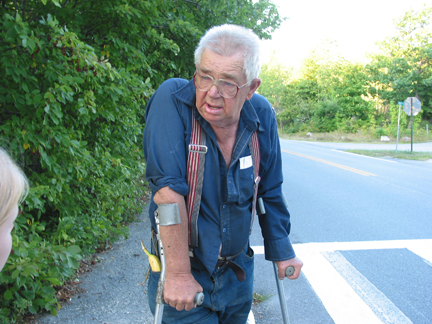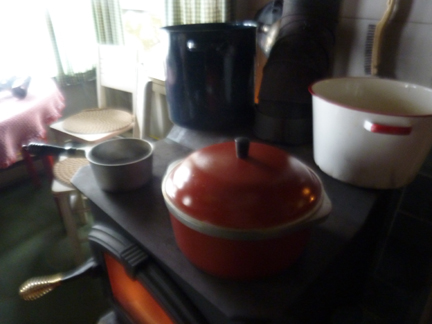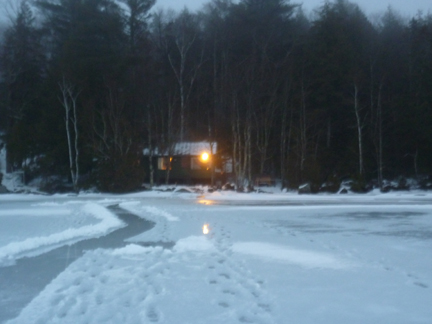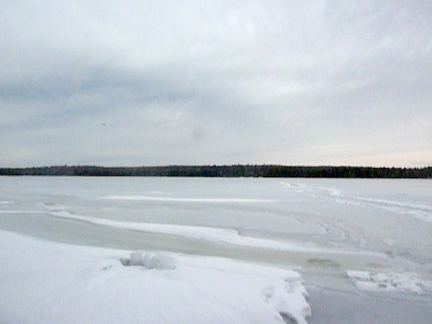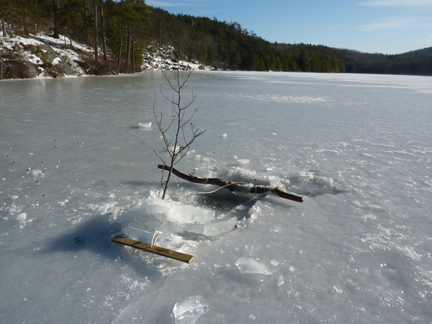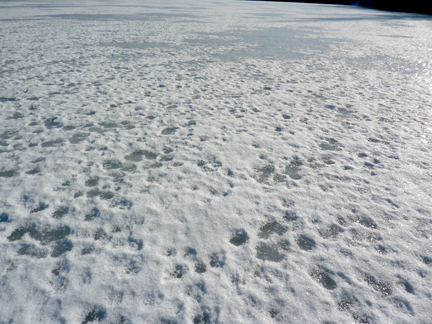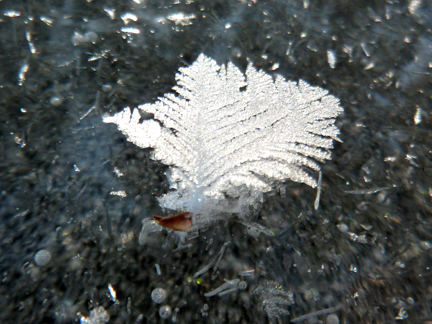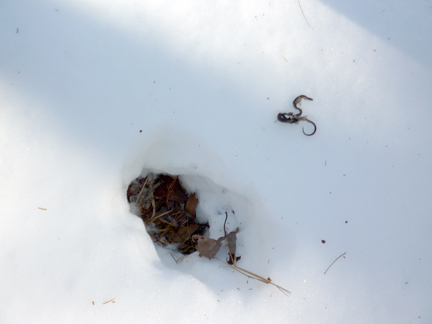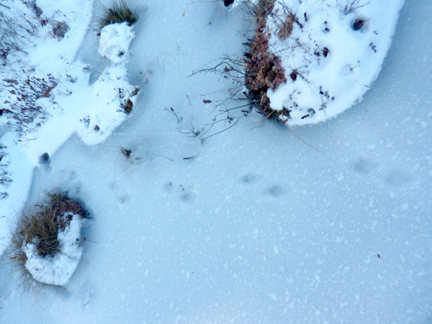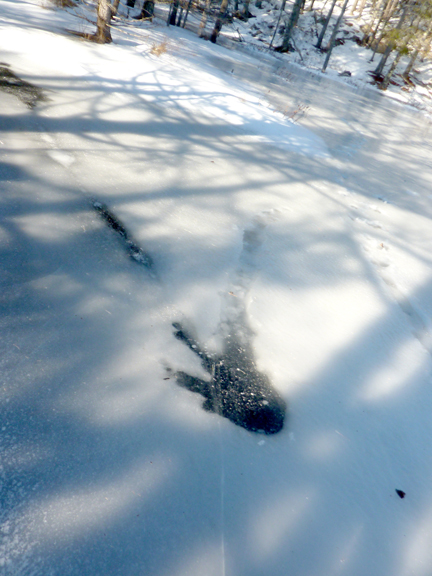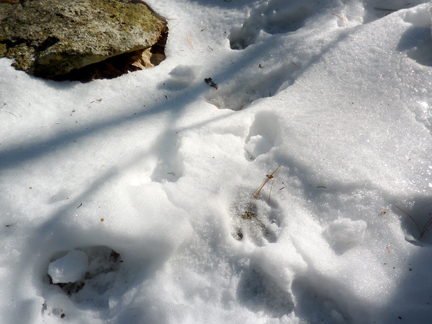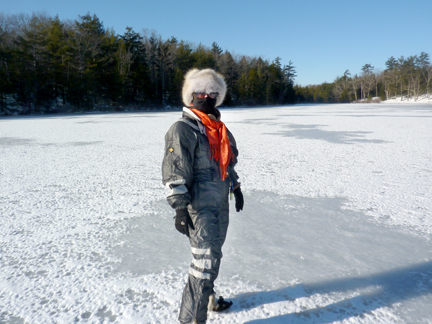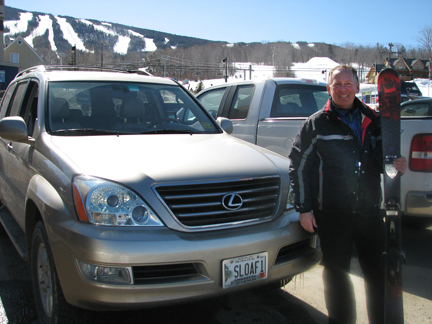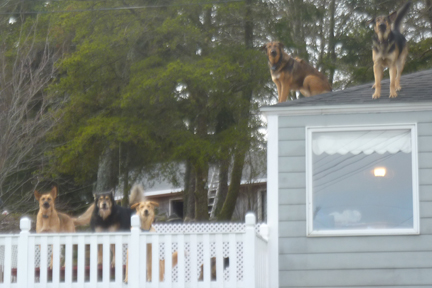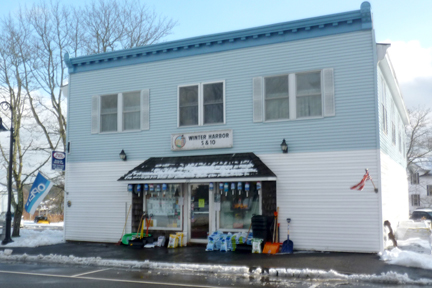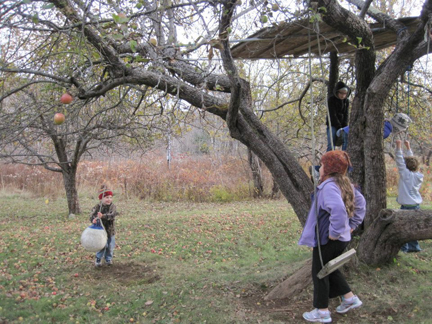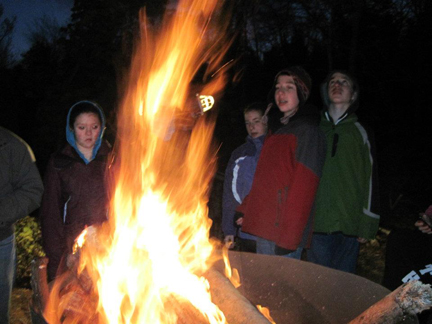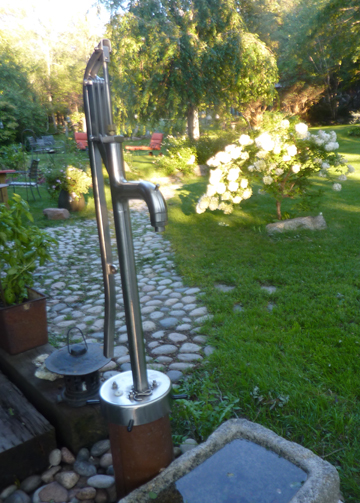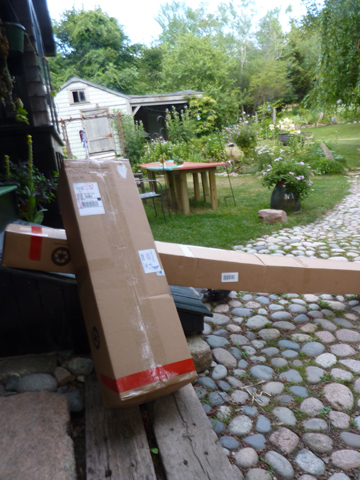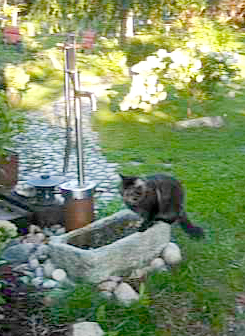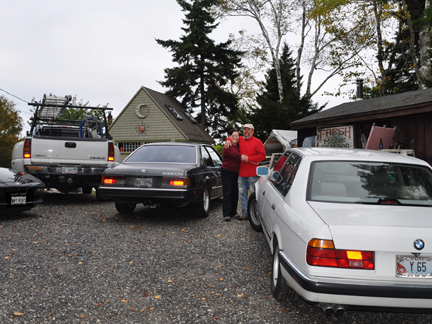
Christina Beebe wanted black, but granite, not metal. She looks at the sleek black Series 8 BMW. “We were renovating the kitchen, and had planned on black granite counter tops, but Ken came home all charged up over this series 8.” She sighs, “Of course he talked me into it, and there went the money for my countertops.” And that explains 8MY_MNY.
Ken and Christina Beebe both have self-created jobs, and while Christina says of Ken: “He always has too many irons in the fire,” she is no slouch herself. She paints and runs a tiny gallery, he paints, fixes boats and farms oysters. Together, they have created a give-and-take lifestyle that suits them both.
Follow a winding road down a narrow peninsula and enter Beebe country. A high-roofed building houses Ken’s boat projects. He shows off the meticulously restored 18 foot 1947 Boston Rudder Cod dory that has just come out of the boathouse and has been sold to a lucky buyer from Massachusetts. Outside the boathouse is another classic wooden boat, but this one is in rough shape. The owner’s widow has given to Ken. She knew she could depend on him to tend to it, and bring it back to life. A few yards away is a massive boat trailer, and Ken switches from animatedly discussing restoring boats to measuring the tongue of the trailer and sketching plans for reworking it. He has just bought another boat, and needs to adapt this trailer to haul the longer, deeper keeled vessel.
“Ken had such a boat fetish,” Christina says, and one cannot help but wonder what it was like before, since she is clearly referring to an era with even more boats. Ken talks about selling the boats moored behind his house and just having the one he is refitting the trailer for. “I just want one boat now,” he says.
“He is lying” Christina says, laughing.
“We named one boat Four Letter Word,” she says. “That word of course was B-O-A-T. But it really aggravated a lot of people.”
Ken nods, and looks around the yard. It reflects life and work. Flowers and vegetables grow unrestrained and exuberant. There is a wrench lying near the trailer and Ken motions towards it and says “No florescent green lawns and black roses for me.” He lets his gaze roam from the boat shed to the vine-covered trellis leading to the house, and then to a nearby duck pond with feathers along its shore. “This makes me happy,” he says. He is a content man.
The duck pond is small, and the geese had chattered and departed before Ken approached. “Where did the girls go?” he asks. This is not rhetorical, he really wants to know, and you can hear the concern in his voice. These geese are family. Christina mentions Blue, a goose that died last year. She was 21 years old, and is missed. Not many geese lead such a cherished life.
Not far from the pond is Christina’s gallery, a sweet little shake-shingled structure that displays her watercolors, wooden salad bowls painted with flowers or salmon, floor cloths, and a portfolio of her faux finishes. Christina’s art is functional, up-scale folk art imbued with her warmth and love of nature.
Parked here and there in the compound are BMW’s, “beamers.” “We went through boats, gotta have this, gotta have that. Then it was cars.” Christina says. Her car is a white BMW 7 series, license plate Y 65. “I hate it” she asserts, meaning the plate, not the car. “It is so not me.”
Ken explains, “Why would you want to drive 65 miles an hour in a car that can do way faster that that?” he asks, explaining the plate. He also admits that he talked her into this car, their second BMW. Christina has grown to love the luxurious ride, but not the plate. “It is just asking for trouble,” she claims.
And then there is 5678BMW, on a series 5 white wagon. The message is that they have the set, series 5, 6, 7 and 8. The series 5 wagon is a working car. “It’s a shit box,” Christina says, making her feelings clear, then adds “Pardon my language.” Ken’s fetishes have included boats, cars, and, it seems, vanity plates. The white truck parked in front of the house is not a BMW, but bears the plate OYSTERS. This is the truck Ken uses in his painting business, but the oyster plate is because of his oyster business.
Hog Cove Oyster Company is the only oyster farm in the state in salt water, not brackish water. Shear orneriness is the reason. Ken, an oyster lover, had bought some oysters for Thanksgiving, and rather than keep them in the fridge drying out, he submerged them in salt water by the pier. The Maine State Warden came by, and emptied the bag into the water, saying he really should fine Ken and would certainly do so the next time Ken stored his oyster dinner in the bay to stay fresh. The letter of the law is that one has to have a license, purchased from the state, to have oysters in the water in a container.
“God dam I was pissed” Ken says, and he says it in a steely voice with sparking eyes. The irritation is still a tangible memory for him, and he is tense as he tells the story. “I went and grabbed a paint-rolling pole, and an onion bag, and went back and raked the bottom. I got back 32 of 36.” He smiles and relaxes. The satisfaction he felt is evident. He then went and got a license so he could keep his Thanksgiving oysters fresh. Along with the license comes acreage. The area he leased is not far from the dock behind his house, near Hog Cove, and it is in salt water. He now has 228,000 oysters growing. This is a man who doesn’t do things in small measures. That is a lot of oysters just to be sure there are fresh ones for a holiday meal.
He recounts telling other area oyster farmers his intent. “They all think I’m crazy.” The reality is that oysters in salt water need much more work than oysters in the river. They are prey to starfish, have mussels competing for their food, and need to be power-hosed every eleven days. But the salt environment may make them brinier, and give a distinct flavor that will set them above the river feeders.
Ken isn’t worried about marketing them, though. He has always loved oysters, and is confident these will be flavorful and sought after.
Christina hopes he is right, or she just might have to place a sign on the oyster boat, 8 MY MONY2.
Excerpt above from Maine Vanities, a collection of essays about the people and stories behind vanity license plates.
These short portraits capture Maine individuality. There is quirkiness, compassion, and humor. While passions range from skiing to solving Mensa puzzles, and ages from 14 to 91, enthusiasm, curiosity, and delight in sharing the story behind their plate and their bit of Maine is the common thread.

